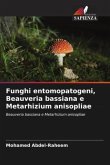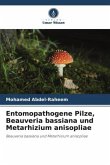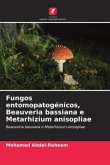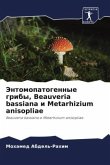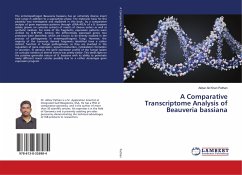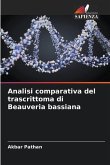Pathogens are bacteria, viruses, nematodes, and fungi. Insects, like humans and plants, can be infected with pathogens that cause diseases. Insect pathogens generally kill, reduce reproduction, slow the growth, or shorten the life of a pest insect. Unlike chemical insecticides, microbial insecticides usually take longer to kill or weaken the target pest. But under certain conditions, such as high humidity or high pest populations, these pathogens can cause disease outbreaks that decimate an insect population. Pathogens are most effective when pest populations are very high. Pathogens are difficult to manage because their presence and effectiveness strongly depends on factors like moderate temperature and high humidity. During the dry season, for example, you will almost never see aphids killed by a fungus because that fungus needs a high humidity for survival and spread. Most pathogens are too small to be seen by human eyes. Only the symptoms that insect pathogens cause can be seen with the eyes: for example a dead insect covered with fungus spores like "hairs" or "dust" or a dead insect which is black and spills fluid out of the body.



